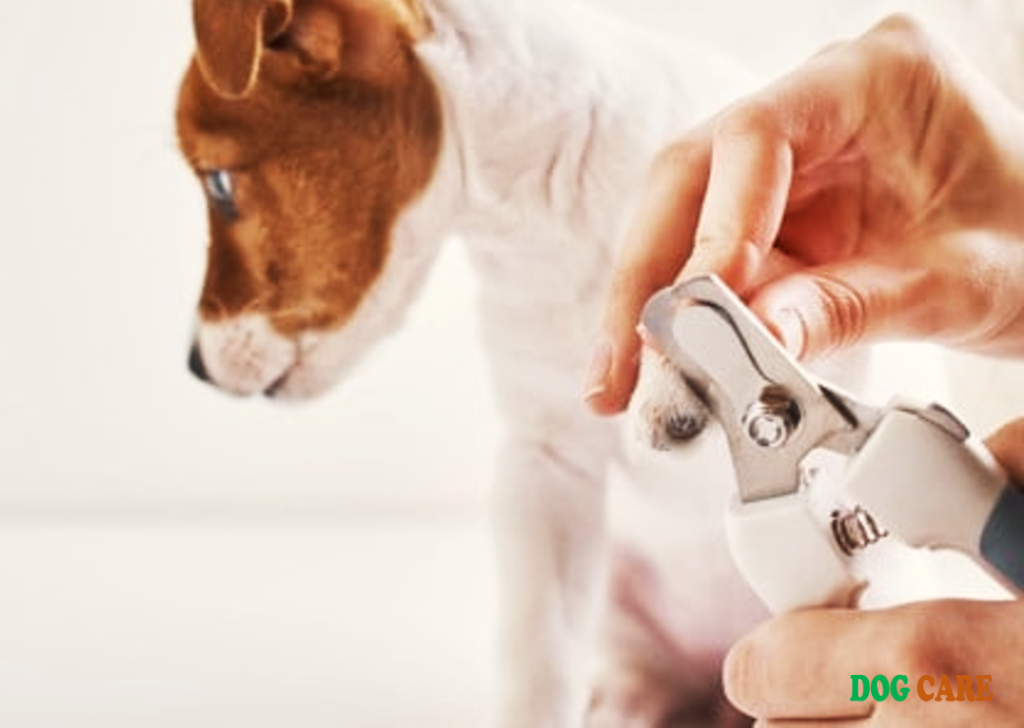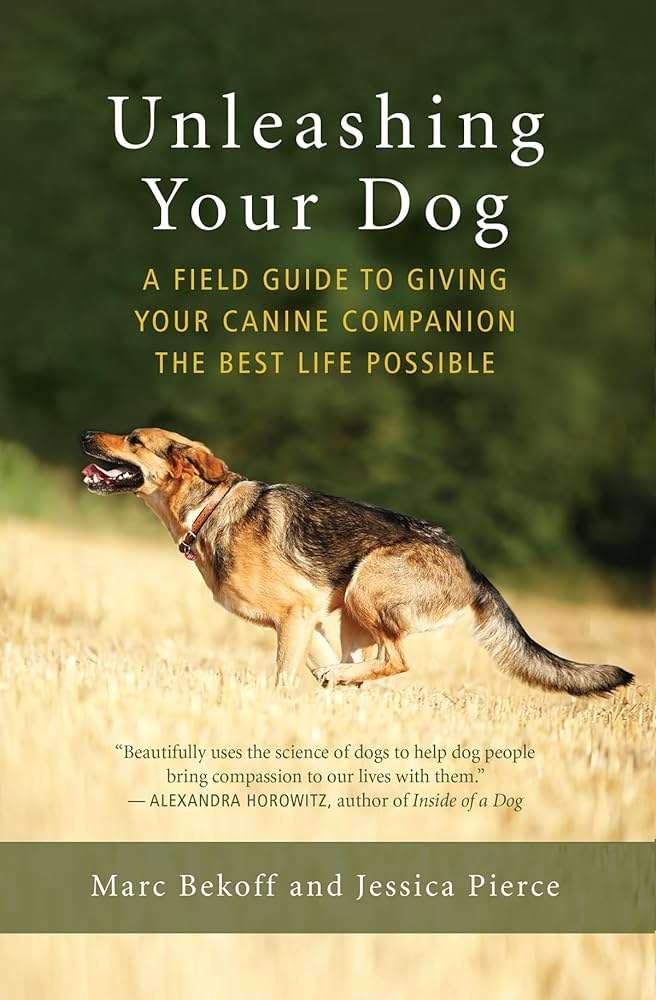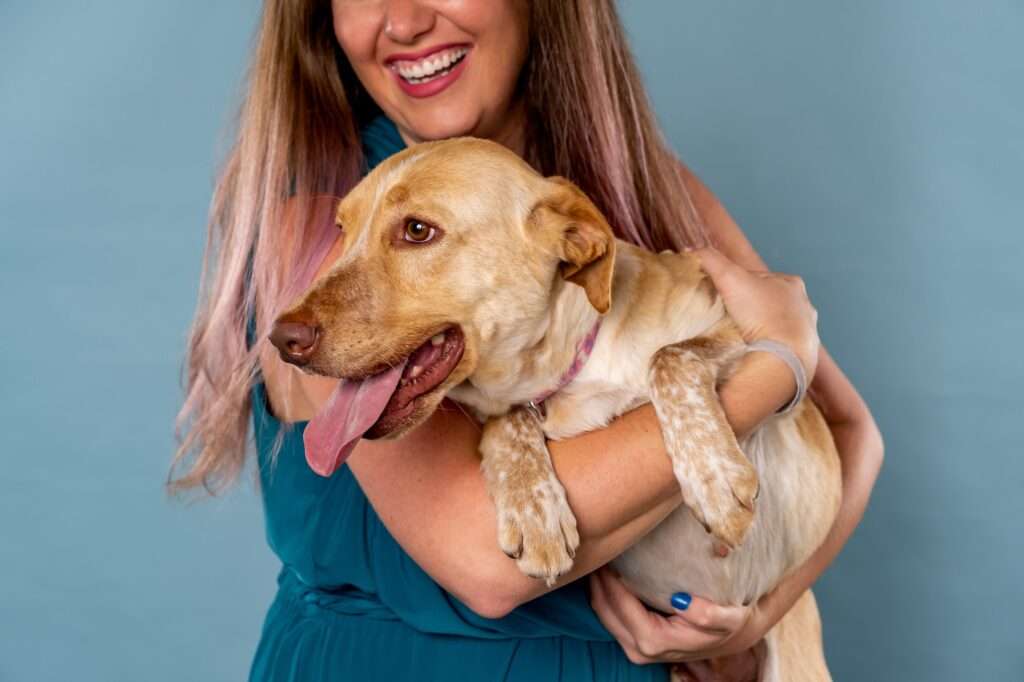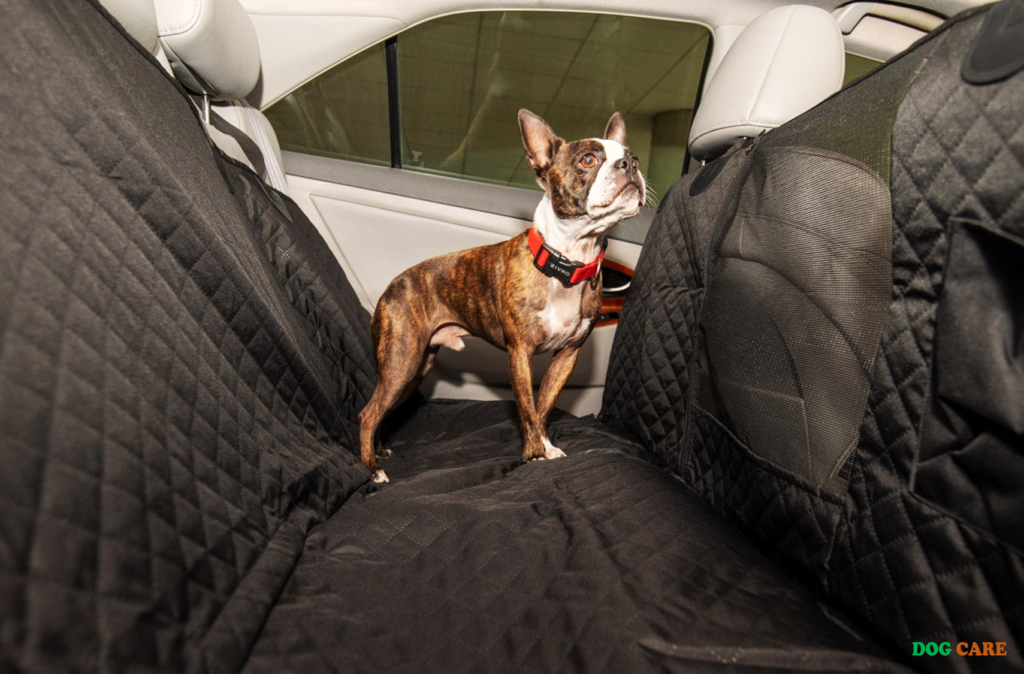How Do You Use Dog Clippers for the First Time : To use dog clippers for the first time, start by introducing the clippers to your dog and letting them get familiar with the noise and vibration. Gently and slowly run the clippers over your dog’s body, starting from less sensitive areas like the back and moving onto the more sensitive areas like the face and paws, always moving with the grain of the fur.
Be sure to choose the right blade size for your dog’s coat type and always keep the blades cleaned and oiled for smooth operation. Remember to use treats and positive reinforcement to make the experience a pleasant one for your dog.
With patience and practice, you’ll become more comfortable and confident in using dog clippers for grooming.
Understanding The Basics Of Dog Clippers
Understanding the basics of dog clippers is crucial for any pet owner who wants to maintain their furry friend’s grooming needs at home. If you’re new to using dog clippers, learning the fundamentals will set you on the right path to efficiently and safely groom your dog. From understanding the different types of dog clippers to having the essential tools, let’s explore the basics to help you get started on the right paw!
Types Of Dog Clippers
When it comes to dog clippers, there are two main types you should be aware of; these are:
- Corded Clippers
- Cordless Clippers
Each type has its advantages and drawbacks. Corded clippers provide consistent power, making them suitable for thick or matted coats, while cordless clippers offer maneuverability and convenience, particularly when grooming in areas without easy access to power outlets.
Essential Tools For Clipping
Before you start clipping your dog’s fur, ensure you have the following essential tools:
- Clippers with Appropriate Blade: Choose clippers designed for pet grooming and ensure the blade is suitable for your dog’s coat type.
- Blade Oil: Keep the clippers well-oiled to maintain their performance and prevent overheating.
- Grooming Scissors: These are useful for trimming areas that clippers may not efficiently reach, such as around the ears and paws.
- Styptic Powder: In case of accidental nicks or cuts, styptic powder helps stop any bleeding.
- Dog-Specific Shampoo: After clipping, bathe your dog with a gentle, dog-specific shampoo to keep their coat clean and healthy.
Introducing Your Dog To Clippers
If you’re using dog clippers for the first time, it’s essential to familiarize your dog with the clippers. Dogs can be sensitive to new sensations, especially the buzzing sound of clippers. Before attempting to groom your dog, it’s important to introduce the clippers to your pet in a positive and gentle manner.
To ensure a successful first grooming experience with clippers, it’s crucial to build trust with your dog. Start by laying the clippers on the ground around your dog and allowing them to sniff and investigate the clippers at their own pace. This helps in familiarizing them with the presence of clippers without causing distress. Then, gradually introduce the sound of the clippers by turning them on in the same room as your dog, but at a distance. Over time, bring the clippers closer to your dog, allowing them to acclimate to the sound without feeling threatened.
Brushing And Detangling The Coat
Brushing and detangling your dog’s coat is an essential part of using dog clippers for the first time. Proper brushing and detangling not only ensure a smooth and comfortable grooming process but also contribute to the overall health and appearance of your furry friend’s coat.
Importance Of Brushing
Regular brushing is crucial for maintaining the health and hygiene of your dog’s coat. It helps to distribute natural oils, remove loose fur, prevent matting, and improve blood circulation to the skin. Furthermore, brushing allows you to identify any skin issues, such as lumps or ticks, early on, which can then be addressed by a professional.
Detangling Techniques
When it comes to detangling your dog’s coat, it’s essential to use the right tools and techniques to avoid causing discomfort or pain to your pet. Start by gently combing through the coat using a wide-tooth comb, and then gradually work through any knots or tangles with a slicker brush. Be patient and use gentle but firm strokes to untangle the hair, working from the ends towards the roots to minimize discomfort for your dog.
Selecting The Right Blade
When it comes to grooming your dog at home, selecting the right blade for your clippers is essential for achieving a professional finish. Choosing the appropriate blade size and type based on your dog’s coat type and the desired grooming style can make a significant difference in the final result.
Blade Sizes And Types
Blade sizes and types play a critical role in achieving the desired grooming results. Understanding the various blade sizes and types available is essential to ensure that you select the most suitable one for your dog’s coat.
| Blade Size | Usage |
|---|---|
| #30 | Used for very close clipping, ideal for sanitary trims and paw pads |
| #10 | Suitable for overall body clipping and creating a short, even coat length |
| #7 | Provides a medium length cut, often used for body clipping on medium-length coats |
When selecting the blade type, consider factors such as whether you want a finishing blade for a smooth, polished look, or a skip-tooth blade for coarse or tangled coats.
Considerations For Coat Type
The type of your dog’s coat should influence the choice of blade for grooming. Different coat textures and densities require specific blade types and sizes to achieve the desired result.
- For thick and heavy coats, consider using a blade with a lower number for a closer cut.
- Curly or wiry coats may benefit from a blade with wider spaces between teeth to prevent clogging.
Understanding the coat type and the appropriate blade to use can help prevent potential skin irritations or uneven results.
Proper Clipping Techniques
Learning to use dog clippers for the first time can be an essential skill for all dog owners. Proper clipping techniques are crucial to ensure your pet’s grooming experience is safe and effective. From holding and maneuvering the clippers to clipper movement, mastering these techniques will help you achieve professional-looking results at home. ( How Do You Use Dog Clippers for the First Time )
Holding And Maneuvering The Clippers
Before starting, it’s important to find clippers that are easy to hold and maneuver. Opt for clippers with a comfortable grip to ensure stability during the grooming process. Once you have a good hold on the clippers, position your hand in a way that allows for precise movements without causing strain. Consider the size and weight of the clippers, as these factors can greatly impact your control and comfort.
Clipper Movement
When using the clippers, apply gentle pressure to achieve an even cut. Always move the clippers in the direction of hair growth to avoid causing discomfort to your pet. Begin by trimming the more accessible areas, such as the back and sides, before moving on to more sensitive areas like the ears and paws. Take your time and make smooth, steady movements to avoid accidental nicks or cuts.
Safety Measures
When using dog clippers for the first time, safety measures are crucial to ensure a smooth and stress-free grooming experience for both you and your furry friend. Taking the proper precautions can prevent accidents and ensure that your dog remains comfortable throughout the grooming process.
Avoiding Skin Irritation
To avoid skin irritation, it’s important to start by inspecting your dog’s skin and coat for any abnormalities, such as cuts, rashes, or hot spots. Make sure the clipper blades are clean and sharp to prevent pulling or dragging on the skin, which can lead to discomfort and irritation. Using a quality pet-safe clipper oil can help maintain the blades and reduce friction, preventing skin irritation. Additionally, proper blade attachment and adjustment can also play a significant role in preventing skin irritation. Be cautious while trimming around sensitive areas such as the ears, groin, and armpits. Using a light touch and steady hand can help avoid accidentally nicking the skin in these delicate areas.
Dealing With Anxiety And Sensitivity
Dealing with anxiety and sensitivity in your dog is crucial for a successful grooming session. Start by introducing your dog to the clippers gradually, allowing them to sniff and become familiar with the sound and vibration. Creating a calm and comfortable environment can help reduce your dog’s anxiety during the grooming process. Keep the grooming sessions short and positive, rewarding your dog with treats and praise for their cooperation. If your dog is extremely anxious or sensitive, consider seeking professional assistance to ensure a stress-free grooming experience for your pet.
Pre-clip Preparation
Before using dog clippers for the first time, it’s essential to prepare your furry friend and the grooming environment. Educating yourself about the pre-clip preparation can help ensure a successful grooming session and prevent any accidents or discomfort for your dog. Proper pre-clip preparation includes trimming nails, bathing, and drying your dog to ensure a smooth grooming experience.
Trimming Nails
Prior to clipping, trimming your dog’s nails can make the process more comfortable for your pet and prevent any accidental injuries. Use a high-quality nail trimmer designed specifically for dogs and ensure that you have styptic powder on hand in case of any accidental bleeding. If you are unsure about how to trim your dog’s nails, it’s advisable to seek guidance from a professional groomer or veterinarian.
Bathing And Drying
Bathing your dog before clipping can remove any dirt or debris from their coat, making the clipping process easier and more effective. Choose a gentle dog shampoo that is suitable for your pet’s skin type and ensure thorough rinsing to prevent skin irritation. After bathing, make sure to completely dry your dog’s coat before starting the clipping process. A well-dried coat can prevent the clippers from getting clogged and ensure a smoother clipping experience for your dog.
Clipping The Body
Clipping the body of your dog is an essential part of grooming and requires careful technique to ensure a smooth and safe process. When using dog clippers for the first time, it’s important to approach the task systematically and be mindful of the different coat areas your dog may have. In this guide, we’ll explore the technique for clipping the body and how to manage different coat areas effectively. ( How Do You Use Dog Clippers for the First Time )
Technique For The Body
When clipping the body of your dog, it’s crucial to use the right technique to achieve a professional-looking groom. Here’s a step-by-step guide to help you navigate through the process:
- Start by brushing your dog’s coat to remove any tangles and knots, ensuring a smooth surface for clipping.
- Choose the appropriate clipper blade based on the desired length of the coat, ensuring it is securely attached to the clipper.
- Begin clipping in the direction of hair growth, using smooth and steady strokes to maintain an even finish.
- Pay special attention to sensitive areas such as the belly, armpits, and groin, using a gentle and cautious approach to avoid nicking the skin.
- Regularly check the blade temperature to prevent overheating and discomfort for your dog.
- Take breaks as needed to ensure your dog remains calm and comfortable throughout the grooming process.
Managing Different Coat Areas
As dogs have various coat areas with different textures and thickness, it’s important to adapt your approach to accommodate these differences. Here are some tips for managing different coat areas:
- Long and Dense Coats: For areas with long and dense fur, such as the back and sides, consider using a longer clipper blade to maintain the desired length while effectively removing excess hair.
- Short and Smooth Coats: Areas with short and smooth fur, such as the chest and neck, may require a shorter clipper blade to achieve a neat and uniform finish.
- Curly or Wiry Coats: Dogs with curly or wiry coats, like those on the legs and ears, may benefit from a clipper blade designed to tackle thicker and more challenging hair textures.
- Sensitive Areas: Take extra care when clipping sensitive areas, opting for a slower pace and lighter pressure to ensure the safety and comfort of your dog.
Clipping Around Sensitive Areas
When using dog clippers for the first time, it’s important to pay special attention when clipping around sensitive areas. Ensuring that these areas are clipped with care will not only prevent any accidents or injuries, but also keep your dog comfortable during the grooming process.
Ears And Eyes
When clipping around the ears and eyes, it’s crucial to be extremely cautious. Use a gentle and steady hand to carefully trim the hair around these areas. To prevent accidents, hold the skin taut around the ears and eyes to ensure the clippers don’t come into contact with the delicate skin. Using a blunt tip scissor can be an alternative for delicate trimming around the eyes if needed.
Paws And Tail
Clipping around the paws and tail requires extra attention as well. Keep a firm grip on your dog’s paw and use the clippers carefully to trim the hair between the paw pads, ensuring not to accidentally clip the skin. When working around the tail area, maintain a steady pace and use caution to avoid any sudden movements that may startle your dog. ( How Do You Use Dog Clippers for the First Time )
Post-clip Cleaning And Inspection
Welcome to the essential step of post-clip cleaning and inspection for dog clippers. Proper cleaning and inspection after using dog clippers are crucial for maintaining the clippers and ensuring your dog’s safety and comfort. By following the cleaning and inspection guidelines, you can extend the lifespan of the clippers and prevent any potential issues. Let’s dive into the details of post-clip cleaning and inspection to keep your dog’s grooming experience a positive one.
Cleaning The Clippers And Blades
To maintain the functionality and longevity of your dog clippers, it’s essential to clean both the clippers and blades thoroughly after each use.
- Start by using a small brush or toothbrush to remove any hair or debris that may have accumulated on the clippers and blades.
- Use a damp cloth with mild soap to wipe down the surfaces of the clippers and blades, ensuring all hair and residues are removed.
- Inspect the blades for any signs of dullness, rust, or damage. If necessary, apply a small amount of clipper blade oil to ensure smooth operation and prevent rust.
Inspecting The Clipped Areas
After the grooming session, take the time to inspect the areas you’ve clipped on your dog to ensure that the result is satisfactory and that no issues have arisen during the process.
- Look for any uneven areas or missed spots that may require further trimming.
- Observe the skin for any signs of irritation or redness, indicating that the clippers may have caused discomfort to your dog.
- Inspect the coat for any residual hair or uneven patches that may need additional attention.
Calming And Rewarding Your Dog
Using dog clippers for the first time can be a daunting task for both you and your pet. Calming and rewarding your dog is essential to ensure a positive experience. By using soothing techniques and rewarding positive behavior, you can make the grooming process a stress-free and enjoyable experience for your furry friend.
Sothing Techniques
Before starting the grooming session with dog clippers, it’s important to soothe your dog to help them relax. Use calming techniques such as gentle massage, soothing petting, and speaking in a soft, reassuring tone. Creating a calming environment with familiar scents and sounds can also help reduce any anxiety your dog may be feeling.
Rewarding Positive Behavior
Positive reinforcement is key to using dog clippers successfully. Reward your dog’s good behavior throughout the grooming process with treats, praise, and affection. By associating the grooming experience with positivity, your dog will be more likely to remain calm and cooperative during future grooming sessions.

Frequently Asked Questions For How Do You Use Dog Clippers For The First Time
How Do I Introduce My Dog To Clippers For The First Time?
To introduce your dog to clippers, start by letting your dog get familiar with the clippers’ sight and sound. Offer treats and positive reinforcement to create a positive association. Gradually introduce the clippers, running them without clipping, then gently touch your dog with them to acclimate them.
What Should I Do Before Using Dog Clippers For The First Time?
Before using clippers, prepare your dog by ensuring they are clean and dry. Brush and detangle their fur to remove knots and mats. Familiarize them with the clipper’s sound and the grooming process. Additionally, ensure the clipper blade is sharp and well-lubricated for optimal performance.
How Can I Choose The Right Clippers For My Dog’s First Grooming?
When selecting clippers, consider your dog’s breed, coat type, and the intended use. Look for clippers with a comfortable grip, adjustable blade settings, and a quiet motor to reduce anxiety. Opt for a reputable brand with good reviews and consider consulting a professional groomer for recommendations.
Conclusion
Mastering the art of using dog clippers takes time and patience. By following the right techniques and having the necessary tools, you can ensure a positive grooming experience for your furry friend. Remember to stay gentle and calm throughout the process to create a stress-free environment for your pet.
With practice and care, you’ll become a pro at using dog clippers in no time.


